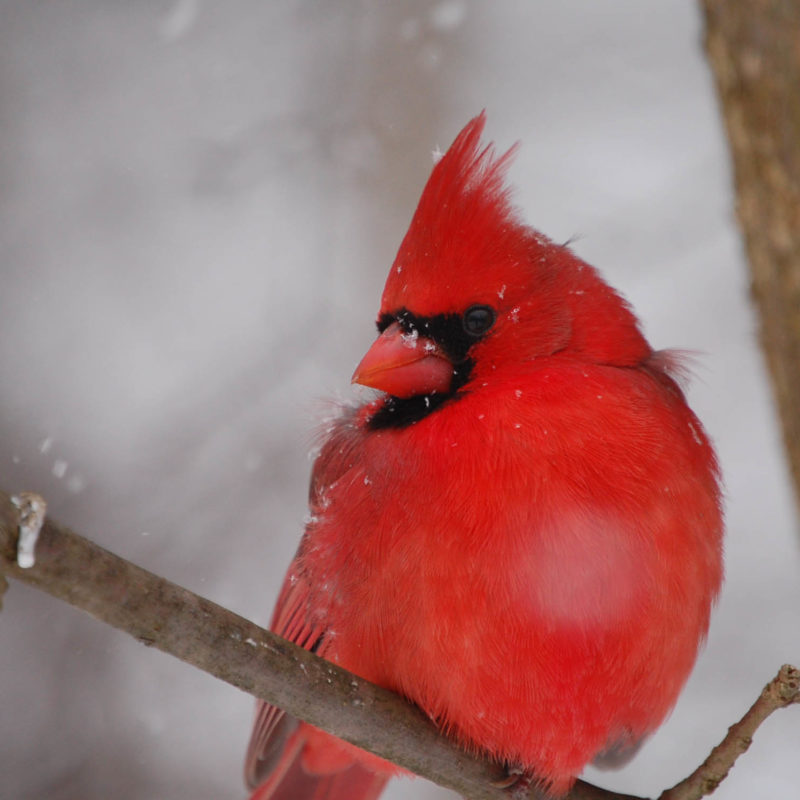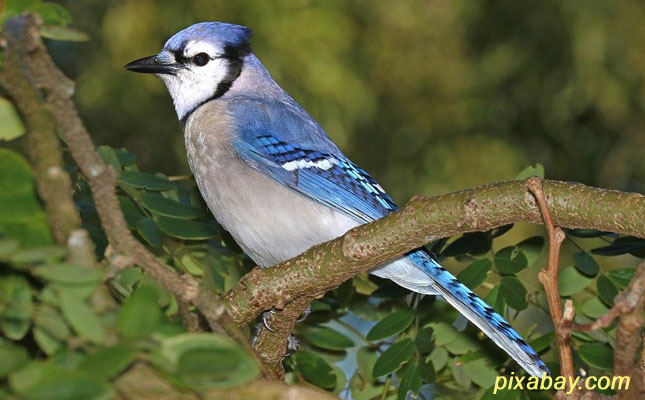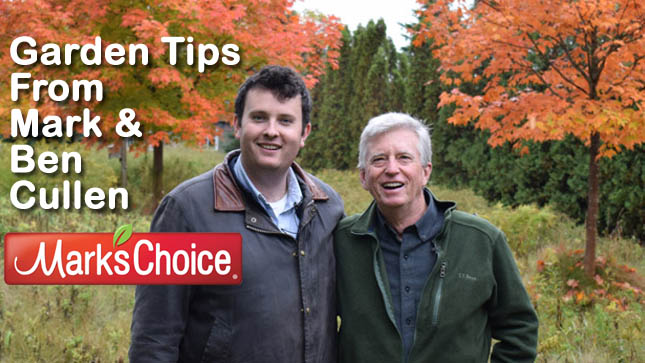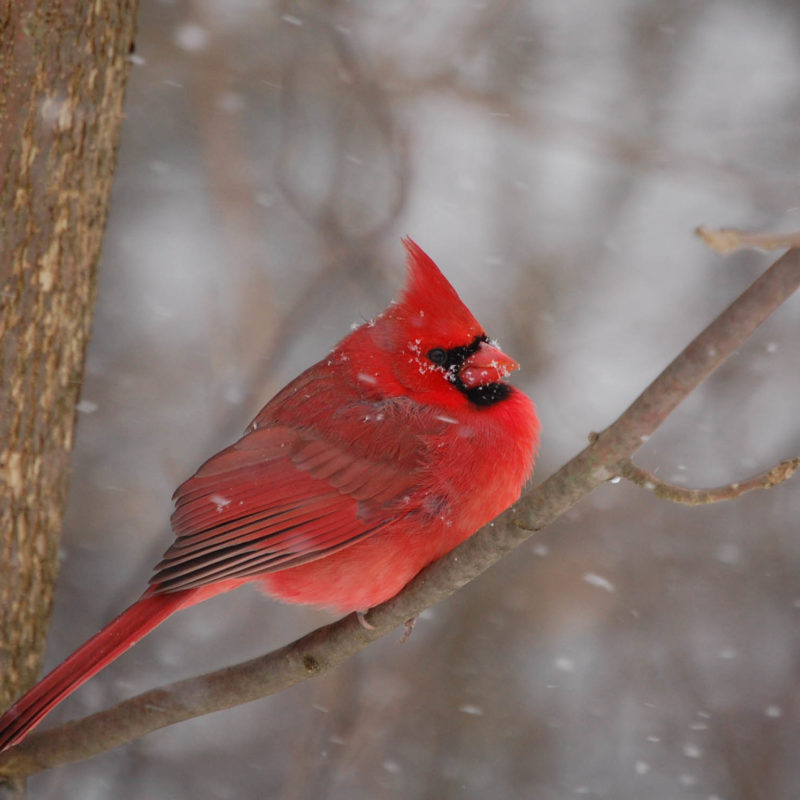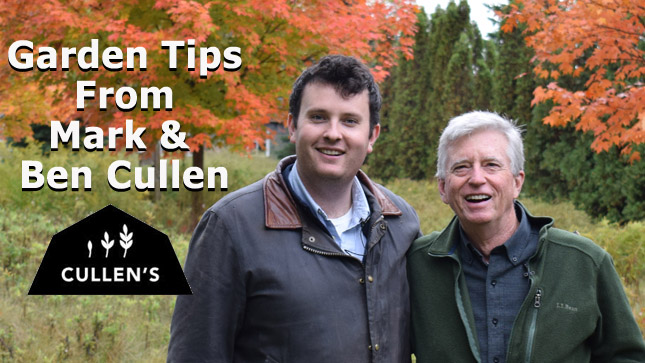
As we peer out the window this time of year, we are grateful for the birds that visit the seed heads of the ornamental grasses that we let stand over the winter. We are so glad that we resisted the temptation to cut them down this past fall.
For the birds in your yard, now is the perfect time to attract song sparrows, chickadees and overwintering Blue Jays and Cardinals with a ‘songbird seed mix’. Or just use straight black oil sunflower seeds. To prevent the mess associated with sunflowers, use the hulled variety – more expensive but all ‘meat’ and no waste or mess to clean up.
Winter feeding birds need the carbohydrates and fats contained in suet. Extra calories are a must for birds whose fast metabolisms are working hard to keep their little bodies warm. We always hang several out for the winter. That way, if we don’t replace one of them after it is finished, the birds always have another to feed on.
The location of your feeders is just as important as the food that goes into them: out of the harsh winter winds and, ideally, close to shelter. Shelter can be anything from a tall evergreen pine to a short deciduous bush. Birds will use this as protection from predators but also to determine whether or not this food source is safe. If you watch the birds, you’ll notice they don’t fly straight to the feeder, they will perch a ways away and observe the area first.
Choose feeders with large weather protection covers. This will keep your seed from collecting snow and ice and keep the birds a little warmer while eating. Larger feeders are better than small ones in the winter. You will be out there less often refilling it, which can be a challenge if it snows up to your knees overnight.
If you don’t have a problem with squirrels in the spring and summer months, we would suggest putting out an open feeder closer to the ground. Use a mix of black sunflower and nyjer seed to appeal to a larger variety of birds. Mourning doves, juncos, and even pheasants are more suited to eating from the ground.
Because squirrels don’t hibernate, they are still likely to find your winter feeders, just as they may have done with your summer feeders. Squirrel-proof feeders are easy to find and most of them work pretty well. If your squirrels seem to outsmart every feeder on the market, you might as well just feed them. Provide them with in-shell peanuts a distance away from your bird feeders, keep it stocked, and your bird feeders will be more likely to feed the birds than the squirrels.
Looking for information on Canadian birds, visit: www.birdscanada.org
For more advice and answers to over 10,000 gardening questions sign up for Mark and Ben’s free monthly newsletter.
Photo by: Sonya Dittkrist

